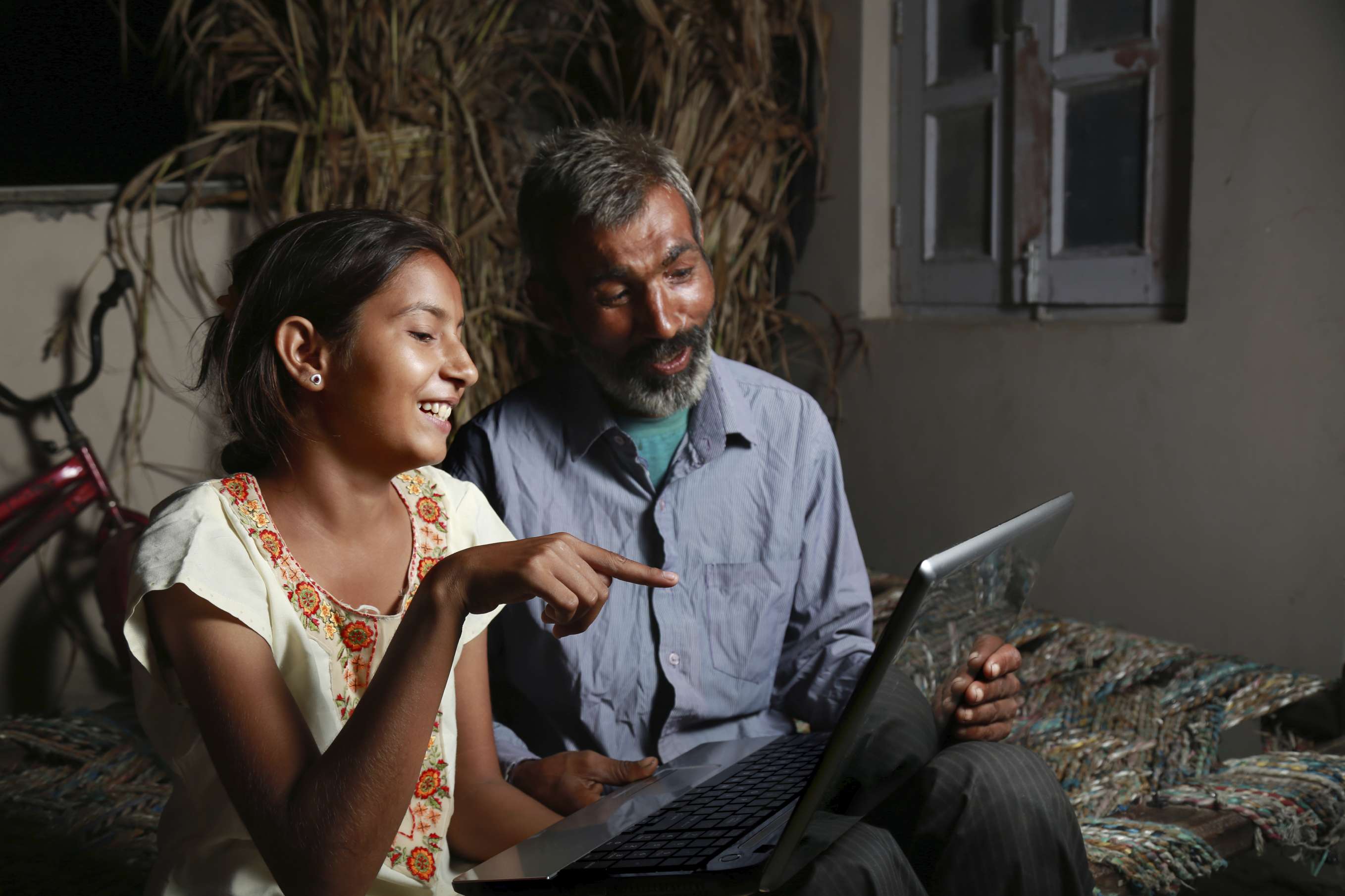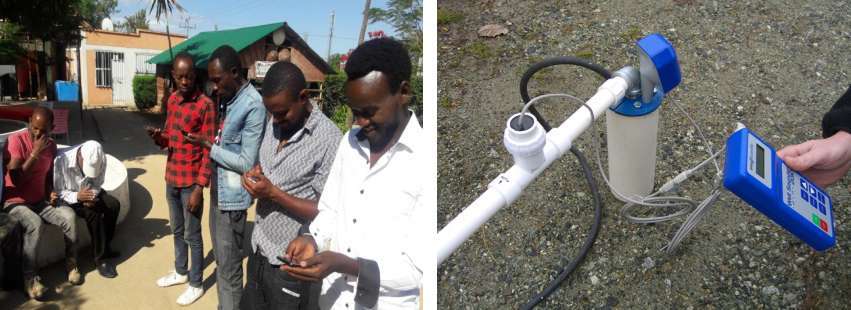
From how we build infrastructure to how we care for our bodies; how we make money to how we spend it; how we learn about the world and communicate with each other—digital technology is changing almost every aspect of our lives. The more that some people work, socialize, or seek vital services online or in other digital spaces, the more opportunity there is for gaps in privilege and wealth to widen. But when broadly accessible and used well, digital technology holds enormous promise to shrink physical, linguistic, and social divides.
Last April, USAID released its four-year Digital Strategy, a document that lays out an approach to do just that by achieving “open, secure, and inclusive digital ecosystems” in USAID’s partner countries. At DT Global, we’re excited about these possibilities. For years, we’ve been thinking about and integrating digital solutions to make our programs faster, more inclusive, and more equitable. During the COVID-19 pandemic, we’ve used digital platforms both as a way to continue our work and to mitigate crisis-related social and economic harms. To celebrate the one-year anniversary of USAID’s Digital Strategy, we’re taking a look at four ways we’ve used technology to improve programming over the years.
Understanding conflict—and programming effectively to reduce or mitigate it—is an ongoing and complex challenge. At DT Global, we are exploring how our local partners can use digital tools to help meet this challenge. One of our peacebuilding programs currently provides a grant to a local partner to engage digital visualization techniques (i.e., the rapid synthesis and graphic representation of information and data) to track conflict and understand the changing landscape in real time. This effort includes capturing trends over time, geographic hotspots, dynamics among local actors, and other conflict-related categories. The digital visualization tracker also helps leverage the continuous flow of information and documentation to better understand the political development and peacebuilding activities of different actors and groups in country.

Maintaining public-use utilities like roads and water systems requires asset management—the ability to track assets and plan and conduct routine and ad hoc maintenance and repair. This can be tough in developing countries, especially in rural areas where physical distance inhibits regular access to these assets. Without regular access, it’s difficult to gain information on repair and maintenance needs, so critical resources can remain in disrepair for long periods of time.
The USAID Ethiopia Lowland Water, Sanitation, and Hygiene (Lowland WASH) Activity addressed this challenge by creating a cloud-based asset management system for water systems in the Lowlands. This system enables the Ethiopian government to track rural water systems using remote monitoring sensors that assess the functionality of water systems and alert the government of needed repairs. Digital flow meters also record water flow information (hours per day of use and volume of water extracted). This information is transmitted to government water bureaus and used to understand how the systems are working and if they need repairs or improvements to meet the needs of Ethiopia’s Lowlands populations.
In Indonesia, DT Global also supports digital asset management for roads and bridges through our DFAT-funded Indonesia Transport Infrastructure Advisory Services Activity. We support software and database development, including on mobile apps, for asset management, and we developed the Pelor Mas app to enable citizens to register road issues with local authorities to improve monitoring and maintenance.
Many of our programs, especially those focused on peacebuilding efforts, are grounded in face-to-face interactions. But when constraints such as geographic distance, weather events, or a global pandemic stand in the way, we seek ways to pivot and use digital solutions to facilitate remote programming. When COVID-19 made it impossible to meet in-person with our local partners in the Global Affairs Canada-funded Preventing Retribution and Mitigating Violence program, we responded by developing digital tools to remotely track and manage activities across three Iraqi provinces.
Using our experience with remote data collection in Somalia, Syria, and Yemen, we worked with SurveyCTO to develop a mobile data collection app and trained enumerators across our target regions to use it effectively. Next, we built a report and dashboards using PowerBI, a Microsoft data analytics software, to automatically analyze the data being sourced through mobile collection. Combining these two tools means that our program staff can easily review clean data and metrics and get an understanding of what our local partners are doing, despite not being able to visit in-person.
In today’s world, a lack of information is generally not the problem, but connecting the right people with the right information can be. For instance, in rural economies, access to basic market and sector information that can help farmers learn about agriculture and livestock practices and set fair prices for their products can be difficult to come by. In Mali, DT Global’s USAID Livestock for Growth (L4G) program worked with VIAMO to launch a free mobile platform to disseminate this type of information. Any Orange telecom user (the biggest mobile network in Mali) could call in to the mobile platform free of charge and access a range of information on livestock management practices, posted in all major Malian languages. DT Global also implemented a mobile-phone based application, SUGU, that made the collection and dissemination of weekly livestock market data more effective and efficient.
Over the next decade, the use of technology will only increase, and ensuring that it’s equally and thoughtfully distributed will continue to be a key aspect of effective development. At DT Global, we’re excited to leverage digital advances to bridge gaps and create a more inclusive world.